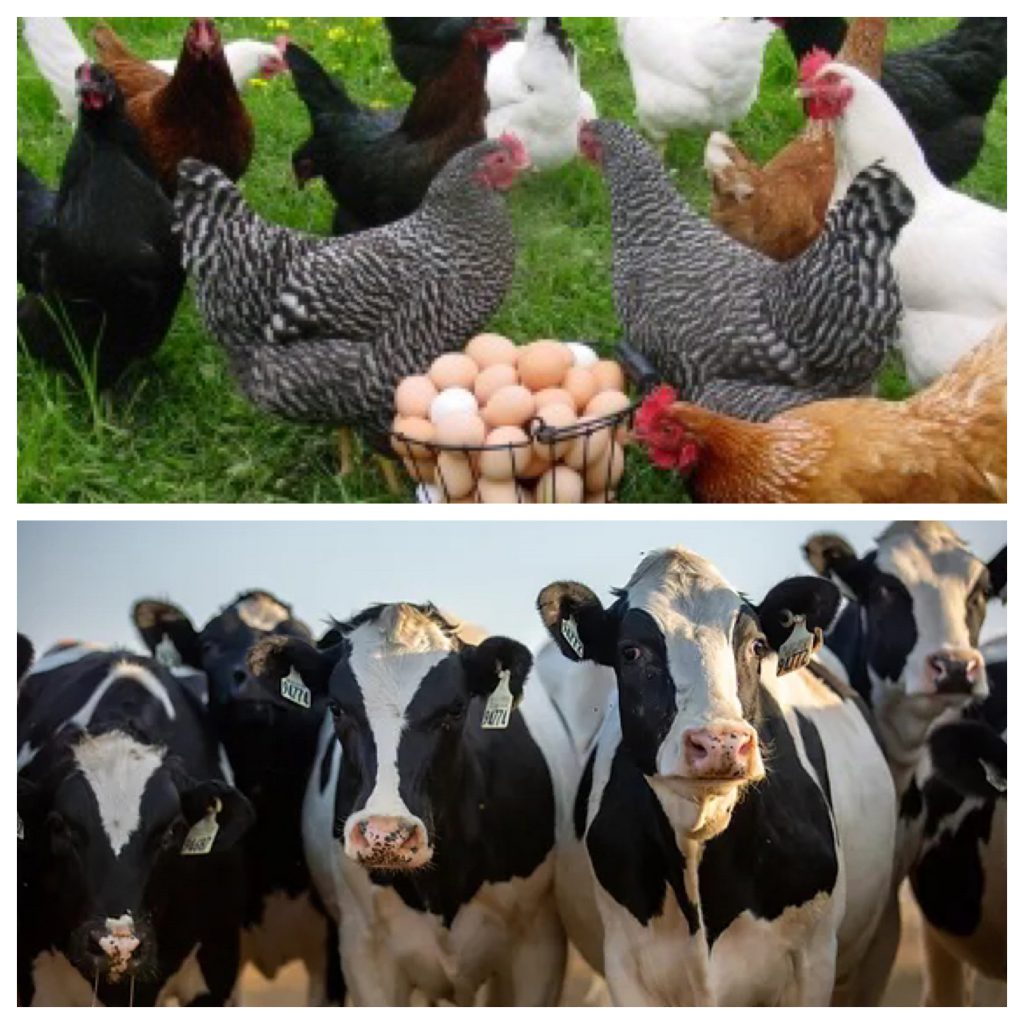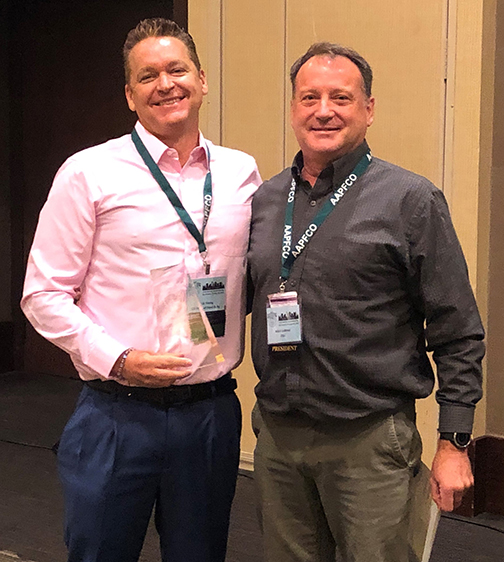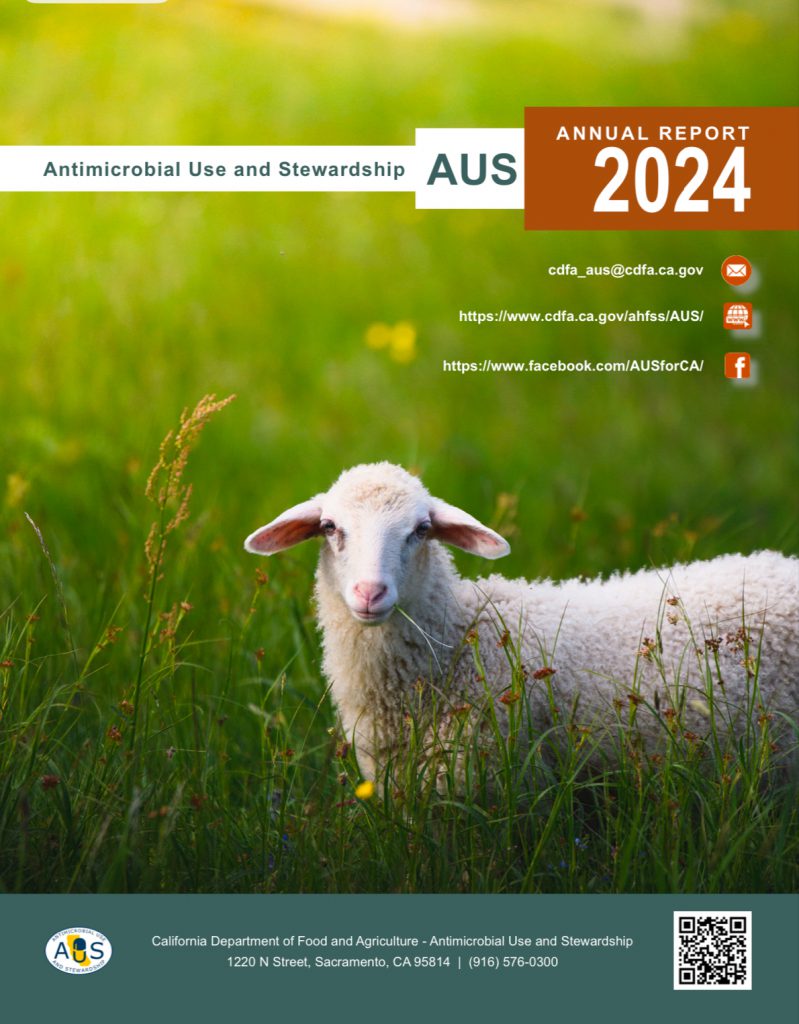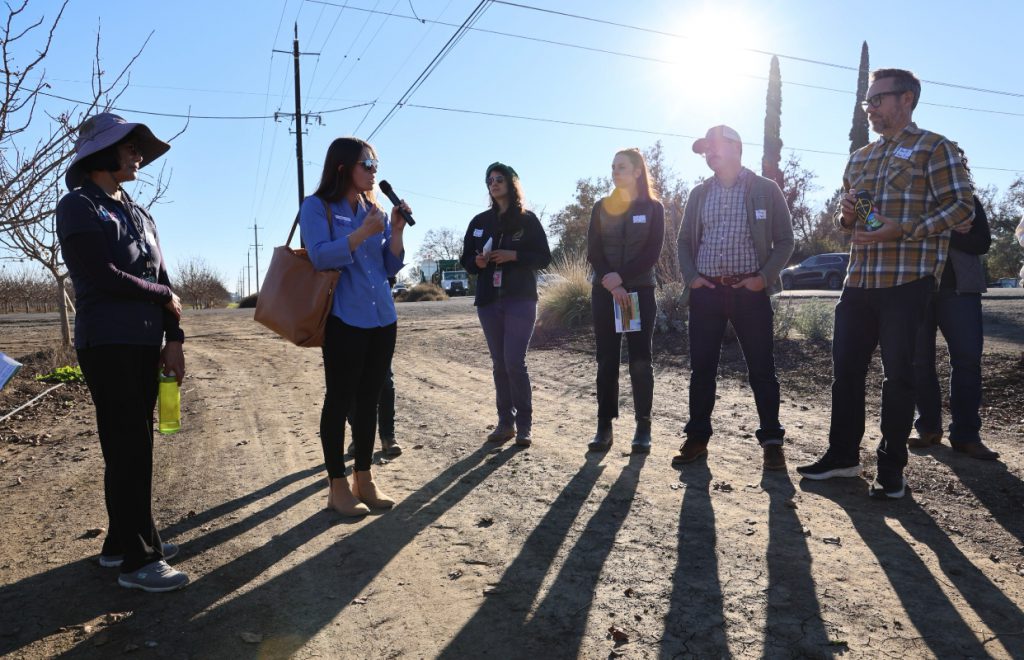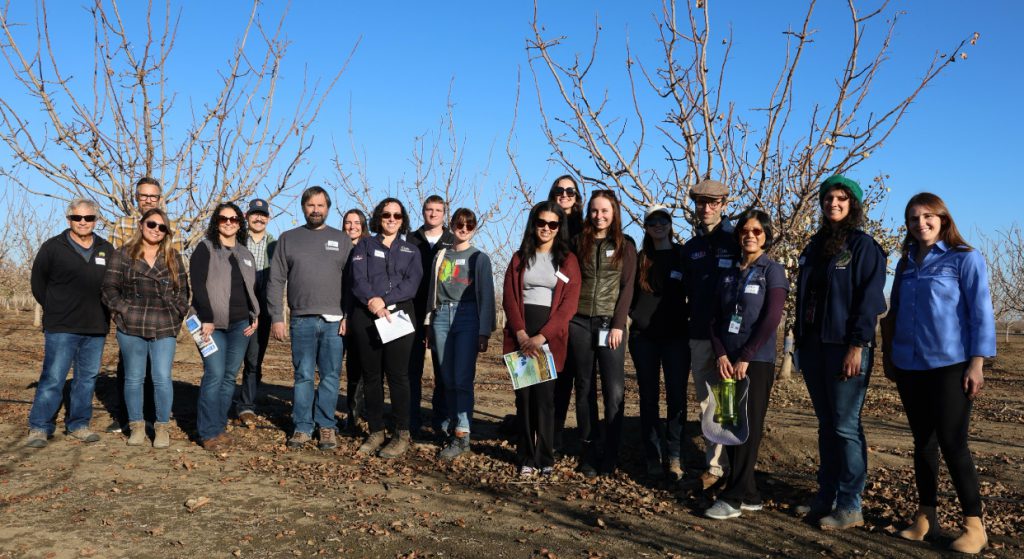News Release from Governor Newsom’s Office
What you need to know: Governor Newsom continued his statewide California Jobs First tour today to outline a first-of-its-kind, bottom-up economic vision for California’s future, receiving the regional plan from local leaders in the North San Joaquin Valley. The Governor also previewed toplines of this year’s state budget — a balanced spending plan that makes government more efficient, increases accountability, and improves the safety, health, and well-being of Californians.
Stanislaus County, California – Governor Gavin Newsom, as part of his ongoing statewide California Jobs First tour, today received the North San Joaquin Valley’s regional economic plan from community leaders representing San Joaquin, Stanislaus, and Merced counties. The plan is one of 13 regional plans that will make up the upcoming California Jobs First Economic Blueprint.
Governor Newsom also previewed his 2025-26 state budget proposal by outlining the state’s continued plans to support robust economic growth, high-paying jobs and career development, and strong accountability measures to address housing, homelessness, and mental health.
“California is not only dominating but paving the way for the future of jobs and the American economy, with local homegrown economic plans for every region of our state. With a balanced budget and key investments maintained for the upcoming fiscal year, we are well-positioned to continue the forward momentum we have created. California remains the standard bearer for our nation, and we’re looking forward to another strong year ahead,” said Governor Newsom.
The California Jobs First Economic Blueprint will guide the state’s investments in key sectors to drive sustainable economic growth, innovation, and access to good-paying jobs over the next decade. The complete Economic Blueprint will be released in the coming weeks, along with a grant solicitation for a portion of the remaining $120 million over three years in competitive funding to support “ready-to-go” projects aligned to the state’s strategic sectors, ensuring that every region across California continues to play a critical role in the sustainable growth of the world’s fifth largest economy.
Made up of ten key industry sectors, this framework will help streamline the state’s economic, business, and workforce development programs to create more jobs faster. The state’s thirteen economic regions engaged more than 10,000 local residents and experts who collectively identified these sectors as key to driving local economies into the future.
Today, leaders in the North San Joaquin Valley region presented their regional plan to the Governor and provided information about their key economic sectors.
- Advanced Manufacturing, including building materials, mobility technologies, and measurement and testing products
- Clean Economy, particularly solar energy, green hydrogen, biofuels, and carbon management, an emerging sector with enormous growth potential, driven by the increasing demand for carbon capture and sequestration technologies.
- Bioeconomy, a forward-looking sector that is transforming waste streams from biomass (such as agricultural and forestry residues, municipal solid waste, and food processing byproducts) into valuable bioproducts such as fuels, plastics, chemicals, solvents, fabrics, polymers, food additives, and alternative proteins.
A balanced budget and a more efficient government
Continuing to deliver key investments and responsible fiscal management, Governor Newsom previewed the toplines of his 2025-26 state budget proposal — a balanced budget that emphasizes fiscal stability and lean and efficient government. The full budget release, accompanied by a briefing led by the Department of Finance, is scheduled for Friday, January 10, 2025.
The Governor’s $322.2 billion proposal includes $228.9 billion in general fund spending. The proposed budget is fully balanced with no deficit and projects $16.5 billion in additional revenue above the 2024 Budget Act thanks to a stronger economy, stock market, and cash receipts. It includes savings from the elimination of 6,500 government positions, resulting in $1.2 billion in savings over two years, alongside operational efficiencies like reduced travel budgets, printing costs, and IT modernizations that further reduce costs by $3.5 billion.
While introducing no cuts to core programs, the proposal maintains transformative initiatives that include the full implementation of Universal Transitional Kindergarten (TK), expanded after-school and summer programs, and Universal School Meals.
Investments focus on education, economic growth, public safety, and accountability. The full Governor’s budget proposal will be released on Friday, January 10, 2025.
California’s economic dominance
California remains the fifth-largest economy in the world. With an increasing state population and recent record-high tourism spending, California is the nation’s top state for new business starts, access to venture capital funding, and manufacturing, high-tech, and agriculture.





